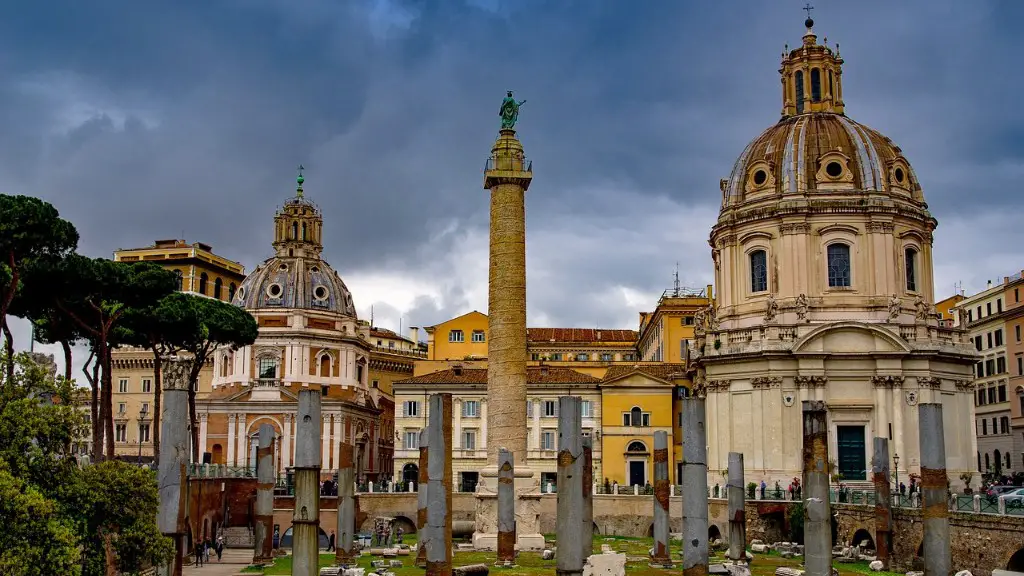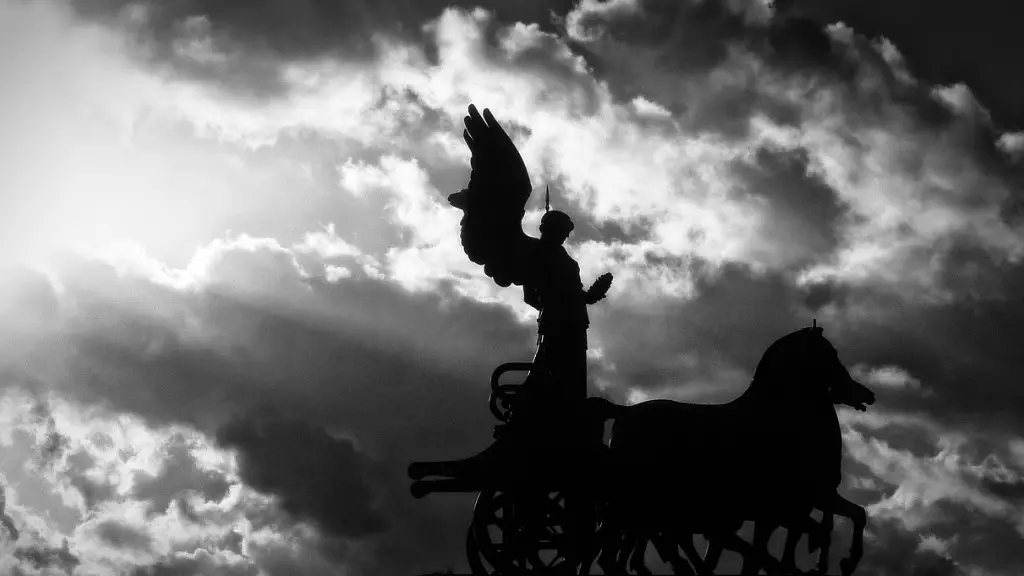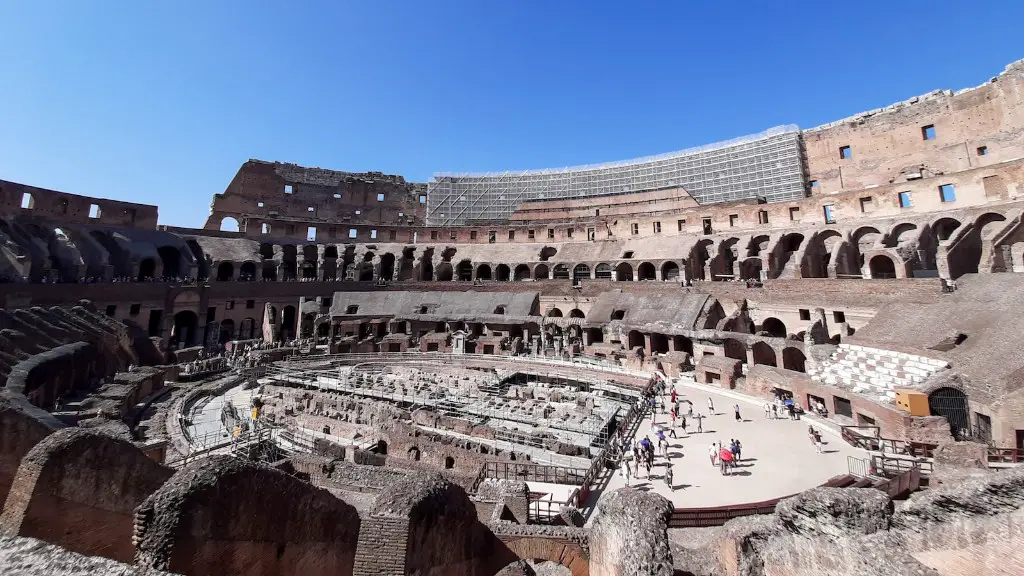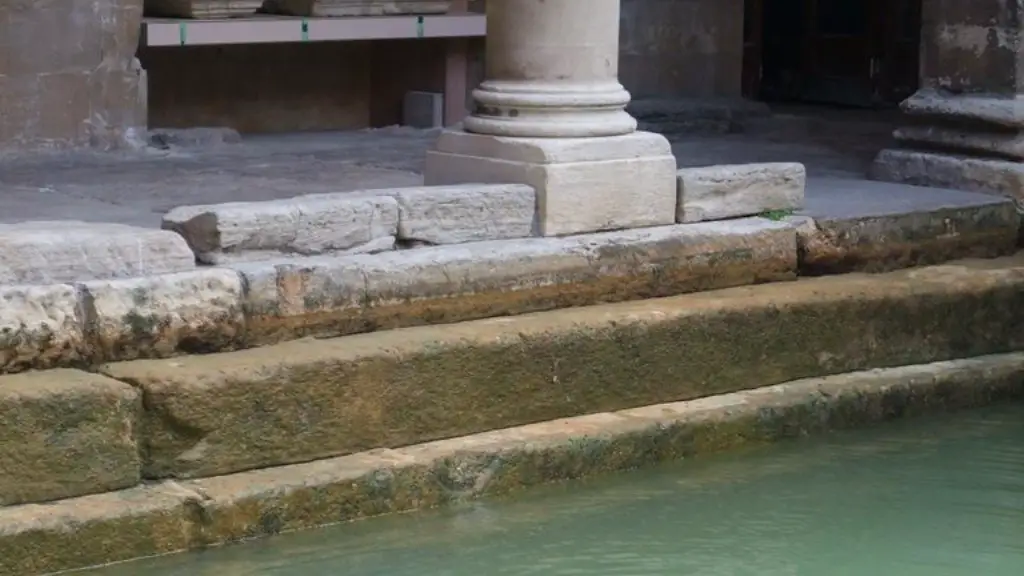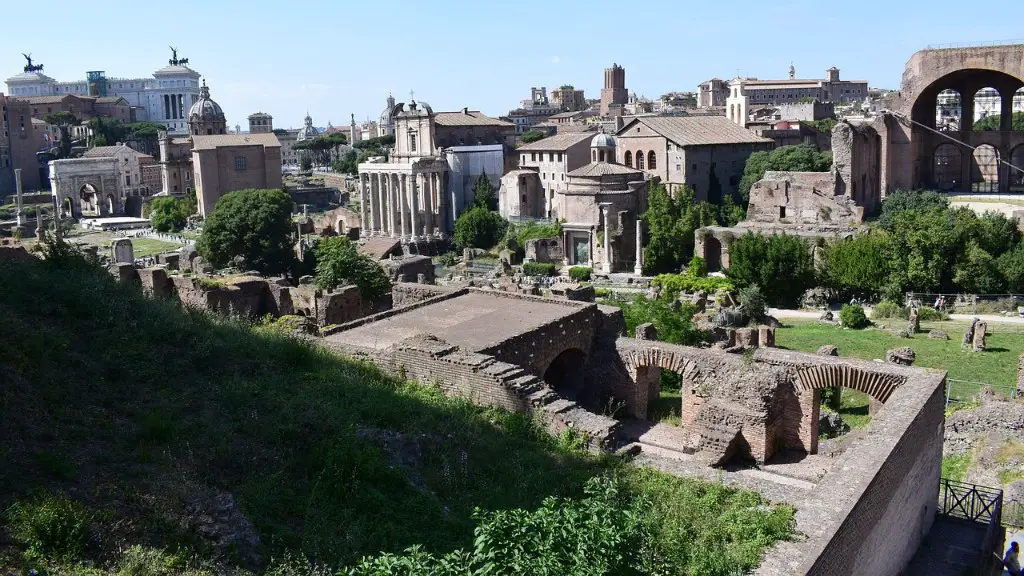In ancient Rome, the government was created in order to provide stability and order within society. The government consisted of two main parts: the senate and the executive branch. The senate was responsible for making laws, while the executive branch was responsible for enforcing them. Ancient Rome also had a strong military, which was essential for maintaining control over its vast empire. The government of ancient Rome was extremely complex and efficient, and it served as a model for many modern governments.
There are many ways in which Ancient Rome has contributed to modern government. One example is the establishment of a centralized government with a clear hierarchy of authority. Another is the development of principles of governance such as checks and balances and the rule of law. Ancient Rome also played a role in the creation of representational institutions like Parliament and the Senate.
How did the Romans influence modern government?
The Roman Republic was a highly influential form of government which has shaped the ideas of many modern democracies. The key features of the Roman Republic which have been adopted by other governments include the senate, three branches of government, a system of checks and balances, and vetoes. The emphasis on citizenship and the participatory role of citizens are also based on a Roman paradigm.
The Roman law and constitution have had a lasting legacy. Many modern democratic governments still use concepts like checks and balances, vetoes, separation of powers, term limits, and regular elections that were first used in Rome. These ideas have helped to create stable and effective governments that have lasted for centuries.
What is one contribution Rome made to our modern society
Roman law was the basis for many of the world’s legal systems after the fall of the Roman empire. Roman law is still reflected in the civil laws of several European nations as well as the US state of Louisiana.
The Romans were a great civilization that have left a lasting impression on the world. Here are 13 things that they did for us:
1. Fast food – The Romans were the first to introduce street stalls and ‘food on the move’ as we might think of it today. This made it convenient for people to grab a quick bite while on the go.
2. Advertising and Trademarks – The Romans were very good at marketing and advertising their products. They also developed the first trademarks to protect their products from imitations.
3. Plumbing and Sanitation – The Romans were the first to develop public sanitation systems. They also developed indoor plumbing, which was a great innovation for their time.
4. Towns – The Romans were the first to develop towns and cities. This allowed for a more centralized way of living and working.
5. Architecture – The Romans were great architects and engineers. They developed many of the building techniques that are still used today.
6. Roads – The Romans built an extensive network of roads that connected their empire. This made trade and transportation much easier and allowed for the spread of their culture.
7. Our Calendar – The Roman calendar was the first to use the concept of
What is Roman contribution to law and government?
The Roman laws are the basis of the law of many European countries. The Roman Code of Laws was made by emperor Justinian on this basis, the laws of Germany, France, Italy and Spain were made England also got great help from this Code of Laws.
The Roman civilization is one of the most influential and significant cultures in human history. Even now, their developments continue to touch our lives and contribute to the world. Here are some examples:
-Cement: The Romans were the first to develop cement, which is a key ingredient in concrete. Concrete is one of the most widely used construction materials in the world.
-The Aqueduct: The Roman aqueducts were a system of channels and bridges that transported water to cities and towns. This system was so efficient and well-designed that it was used as a model for many modern water systems.
-Sanitation: The Romans were also responsible for developing the first sewers and public baths. These innovations helped to improve public health and hygiene.
-Roads: The Roman road system was one of the most advanced of its time. It allowed for quick and efficient transportation of people and goods. Many of the roads built by the Romans are still in use today.
-Social care and welfare: The Romans were one of the first cultures to develop systems of social care and welfare. This included things like orphanages and soup kitchens for the poor.
-The Julian Calendar: The calendar we use today is
What did Rome invent that we use today?
The ancient Romans were known for their impressive engineering feats, many of which are still standing today. One of the key ingredients to their success was the development of hydraulic cement-based concrete. This concrete was much stronger and more durable than the alternatives at the time, allowing the Romans to build massive structures that have withstood the test of time.
The lasting contributions of Rome are many and varied. One of the most significant is the invention of cement. This stronger-than-stone material allowed the construction of huge arches and domes, which helped to unify the vast empire. In addition, the Romans used concrete to build more than 50,000 miles of roads, facilitating trade and transportation throughout the realm. Other notable contributions include the Latin language, which became the lingua franca of the Western world, and the establishment of law and order, which laid the foundation for modern democracies.
What are 4 contributions from the Roman Empire to modern life
Roman architecture was incredibly impressive for its time and has stood the test of time for over two millennia. Many of the roads, buildings, arches, and aqueducts built by the Romans are still in use today. This is a testament to the skill and engineering of the Roman architects. Their architecture was so influential that it has been imitated by many later cultures.
The Roman Achievements and Inventions are very impressive, especially in the area of Architecture. The ancient Romans were great builders and their arches are still standing today. The water systems that they built are also very impressive and are still in use today.
Why was the Roman government strong and effective?
Rome’s military power was second to none, and its political flexibility allowed it to form alliances and treaties with other states when it was advantageous. Additionally, Rome’s economy was booming, allowing it to fund its military campaigns and expansions. Finally, Rome benefited from a bit of good luck, as it was able to take advantage of opportunities that arose.
Some of the most important Roman gods and goddesses include Jupiter, Juno, and Minerva. Jupiter was the god of the sky and protector of the state. Juno was the goddess of marriage and childbirth. Minerva was the goddess of wisdom and warfare.
How did ancient Rome influence the United States government
The Constitution of the United States was heavily influenced by the Roman Republic. Many of the features of our Constitution, including the system of checks and balances, the bicameral legislature, term limits, and age requirements, were inspired by Rome. In some cases, the Founding Fathers even borrowed terms directly from the Roman constitution, such as senate, capitol, and committee.
Rome is a central location in the road network of Europe. This is due to the city’s long history and its position at the crossroads of the continent’s major trade routes. Today, many of the roads that lead to Rome are still in use, and the city remains a major transportation hub.
The use of concrete for construction is another Roman innovation with far-reaching effects. The widespread use of concrete made it possible to build large structures like the Colosseum and the Pantheon. The durability and versatility of concrete made it a popular building material that is still in use today.
The modern calendar is based on the Julian calendar, which was first used in Rome. The Julian calendar was introduced in 45 BC, and it remained the standard calendar in the Western world for over 1500 years. The Gregorian calendar, which is the most widely used calendar today, was first adopted in 1582.
Flushing toilets and sewers was another Roman innovation. The first flush toilets were developed in the 1st century AD, and they were used to drain sewage away from homes and businesses. The sewers of Rome were some of the most advanced in the world, and they were instrumental in keeping the city clean and free of disease.
What 3 ideas did America get from Rome?
The executive branch of America is modeled after the Ancient Rome’s executive branch which was comprised of two consuls. The two consuls were elected by Roman landowners and served 1 year terms. This model was adapted in order to help ensure a separation of powers and prevent any one branch from having too much control.
The roads were used to transport people and goods, and were built in a way that allowed for easy travel. The concrete buildings were innovations in architecture, and allowed for more durable and lasting structures. The medical tools for the battlefield allowed for Roman soldiers to be treated and healed on the battlefield, which was a major advancement. The Julian Calendar was a more accurate way of measuring time, and was used by the Romans to keep track of the days, months, and years.
Was the Roman government successful
The Roman Republic was one of the most successful empires in history. It conquered swathes of the Mediterranean and lasted for five centuries. The secret to its success was its military, which was among the most disciplined and effective in the world. The Roman Republic was also very efficient in terms of its government and administration, which allowed it to effectively manage its vast territories.
The Roman Empire was governed by an autocracy which means that the government was made up of a single person In Rome, this person was the emperor The Senate, which was the dominant political power in the Roman Republic, was kept but the senate lacked real political power, and so made few real governmental decisions. The emperor was the absolute ruler of Rome and its provinces and was responsible for all aspects of government, including law, order, and administration. The Senate was a rubber-stamp body that simply approved the emperor’s decisions.
Conclusion
How did ancient Rome contribute to modern government?
Firstly, the Roman Republic was influential in establishing the idea of separate branches of government, each with their own sphere of influence and responsibility. This separation of powers is a key principle of most modern democracies. Secondly, Rome’s extensive legal code, known as the Justinian Code, served as a model for many subsequent legal systems and helped to lay the foundations for modern international law. Finally, Rome’s political legacy can be seen in the widespread use of Latin, the official language of the Catholic Church, as a lingua franca in the Western world.
There is no one answer to this question as there are many ways in which ancient Rome has contributed to modern government. However, some of the most significant ways include the development of democratic ideals and institutions, the rule of law, and the concept of citizenship. Through their example and influence, ancient Rome has helped to shape the modern world in a profound and lasting way.
